In the era of smartphones, karaoke has evolved from a group activity at bars to a personal hobby that people can enjoy anytime, anywhere. Mobile karaoke apps have revolutionized how we sing and share our performances, but many users struggle to produce professional-quality recordings. The art of capturing great vocal performances through a phone requires understanding both technical aspects and artistic approaches.
The environment you choose for recording plays a crucial role in the final output. Unlike professional studios with acoustic treatment, most mobile recordings happen in untreated spaces that can negatively impact sound quality. The ideal location is a small to medium-sized room with plenty of soft furnishings that absorb excess reverberation. Bedrooms often work surprisingly well due to the presence of carpets, curtains, and mattresses that prevent sound from bouncing around excessively. Avoid large empty rooms, bathrooms, or spaces with hard surfaces that create echo. If you must record in a problematic space, hanging blankets on walls or recording in a closet full of clothes can dramatically improve acoustics.
Many enthusiasts overlook the importance of microphone technique when using their smartphones. While built-in mics have improved significantly, they still require proper handling. Maintain a consistent distance of about 6-8 inches from your phone's microphone to balance vocal presence with room tone. Angling the phone slightly off-axis (about 15-30 degrees) can help reduce plosives (those annoying popping sounds on "p" and "b" sounds). When hitting high notes or belting, naturally pull back slightly to prevent distortion, then return to your normal position. This dynamic microphone distance mimics professional vocal techniques used in studios.
Monitoring your performance while recording presents unique challenges with mobile karaoke. The latency (delay) between singing and hearing your voice through headphones can disrupt your timing and pitch. High-quality wired headphones generally provide lower latency than Bluetooth options. Some apps offer latency adjustment settings - it's worth experimenting to find what works best for your setup. Many professional mobile recording artists use one earbud in and one out to hear both the track and their natural voice simultaneously. This "one ear in, one ear out" technique helps maintain pitch accuracy while allowing you to hear the music clearly.
The vocal preparation process for mobile recording should mirror professional studio habits. Warm up your voice thoroughly before recording sessions - simple humming exercises, lip trills, and gentle scales prepare your vocal cords for optimal performance. Stay hydrated with room temperature water, as cold liquids can temporarily constrict vocal muscles. Many singers find that recording in the late morning or early afternoon yields better results, as voices tend to be more rested and responsive than late at night. If you're serious about your mobile recordings, consider keeping a vocal journal to track which times of day produce your best performances.
Breath control techniques become even more critical when recording on mobile devices. Built-in microphones are less forgiving than studio condensers when it comes to capturing breath noises. Practice controlled breathing where you inhale quietly through your mouth during musical rests. When singing phrases that require strong breath support, angle your head slightly to the side during exhales to direct air away from the microphone. Learning to manage your breathing not only improves recording quality but also enhances vocal stamina and phrase execution. Many professional singers use diaphragmatic breathing techniques that maximize air efficiency while minimizing noise.
The psychological aspect of recording often gets overlooked in mobile karaoke. Unlike live performances where energy flows naturally, the recording process can create unnatural pressure. Develop pre-recording rituals that put you in the right mindset - this might include light stretching, meditation, or visualization exercises. Many singers find it helpful to record multiple takes without listening back immediately, treating the first few as vocal "sketches" before attempting keeper performances. This approach reduces perfectionism and allows for more organic, emotionally connected performances. Remember that even professional recordings often compile the best sections from multiple takes.
Post-recording editing within karaoke apps offers powerful tools that can enhance your performances when used judiciously. Reverb and echo effects can add space to dry recordings, but excessive use creates an artificial sound. A touch of compression can even out vocal dynamics, while subtle EQ adjustments can help your voice cut through the mix. The key is to make adjustments small enough that they enhance rather than transform your natural voice. Many apps offer pitch correction tools - these work best when used minimally to fix occasional flat or sharp notes rather than as an automatic fix-all. The most convincing performances maintain natural human variations in pitch and timing.
Lighting and video recording techniques become important when creating video versions of your karaoke performances. Natural daylight provides the most flattering illumination for video recordings. Position yourself facing a window for even, diffused lighting that minimizes shadows. If using artificial light, avoid harsh overhead lighting that creates unflattering shadows under eyes and chin. Many successful mobile karaoke artists use simple ring lights or softbox setups to create professional-looking video quality. When framing your shot, maintain eye level with the camera and leave some headroom above you in the frame. These simple video techniques can elevate your karaoke recordings from amateur to impressive.
The social aspect of mobile karaoke platforms presents both opportunities and challenges. While receiving likes and comments can be motivating, becoming too focused on immediate feedback can hinder artistic growth. Consider creating two versions of performances - one tailored for audience appeal and another that represents your personal artistic standards. Engage with other creators meaningfully rather than just seeking validation. Many successful mobile artists find that consistent posting (even if not every recording is perfect) builds skills faster than waiting for "perfect" performances. The interactive nature of these platforms also allows for valuable collaborations - duets with other singers can push you to new levels of performance.
As mobile technology continues advancing, the gap between professional and amateur recordings narrows. High-end smartphones now incorporate multiple microphones with noise cancellation and advanced audio processing. Some models even offer studio-quality audio interfaces when paired with external microphones. Understanding your specific device's capabilities and limitations allows you to work with rather than against its technology. Many professional singers now use mobile recordings as demos or even final products, proving that with proper technique, phone recordings can achieve impressive results. The key lies in adapting professional vocal techniques to the mobile environment rather than expecting the phone to compensate for poor technique.
Developing a personal style ultimately matters more than technical perfection in mobile karaoke. Listeners connect with authentic emotional performances more than flawless but sterile vocals. Study your favorite artists not just for their technical skills but for how they convey emotion and tell stories through song. Experiment with different genres to discover what feels most natural for your voice. Many successful mobile artists find that leaning into their unique vocal quirks rather than trying to sound like someone else creates more engaging performances. Your mobile recordings should reflect your personality as much as your vocal ability.
The world of mobile karaoke recording offers unprecedented opportunities for singers to develop their skills, share their art, and connect with audiences. By applying these techniques thoughtfully and consistently, you can transform your smartphone from a simple recording device into a powerful creative tool. Remember that every professional singer started somewhere - your mobile recordings today could be the foundation for an exciting musical journey.

By /Aug 5, 2025
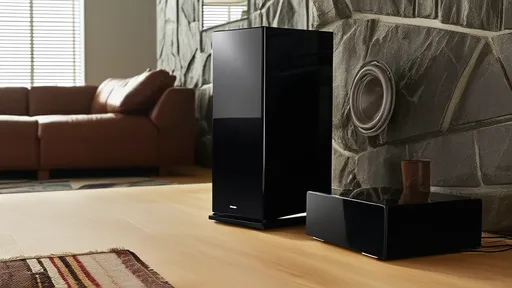
By /Aug 5, 2025
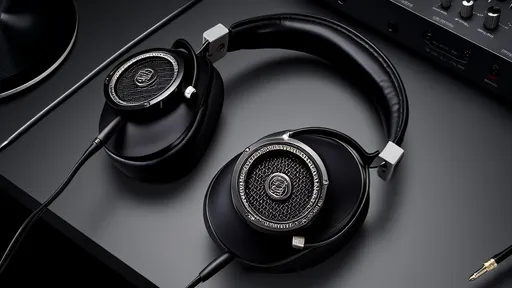
By /Aug 5, 2025
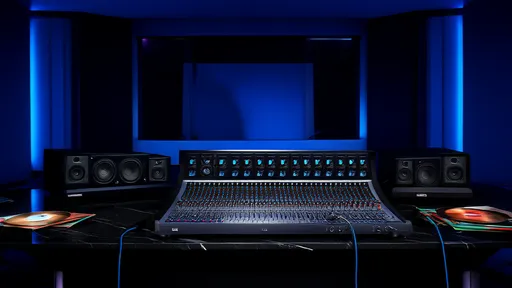
By /Aug 5, 2025
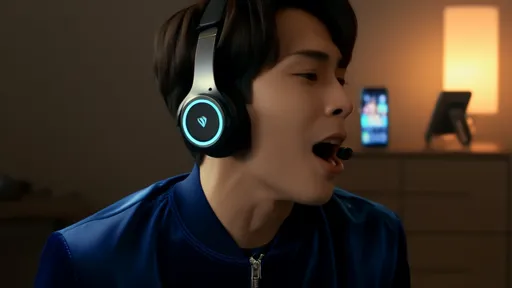
By /Aug 5, 2025

By /Aug 5, 2025

By /Aug 5, 2025
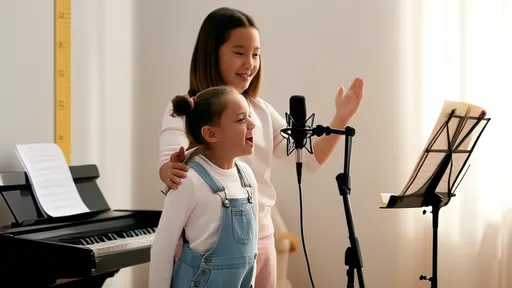
By /Aug 5, 2025

By /Aug 5, 2025

By /Aug 5, 2025
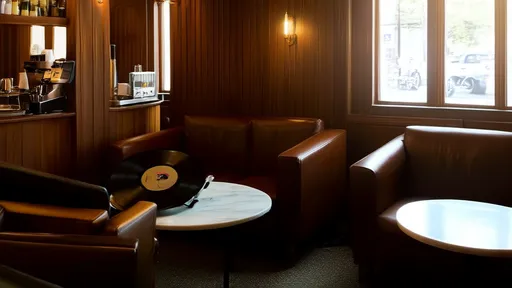
By /Aug 5, 2025
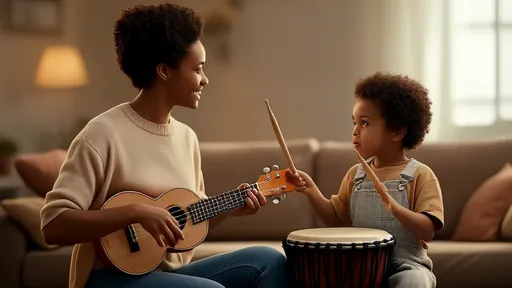
By /Aug 5, 2025

By /Aug 5, 2025

By /Aug 5, 2025

By /Aug 5, 2025
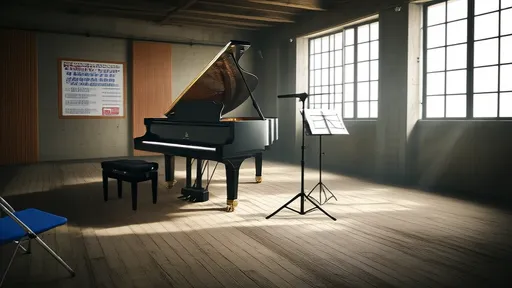
By /Aug 5, 2025
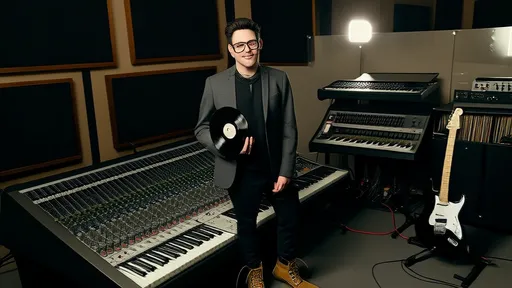
By /Aug 5, 2025

By /Aug 5, 2025

By /Aug 5, 2025

By /Aug 5, 2025